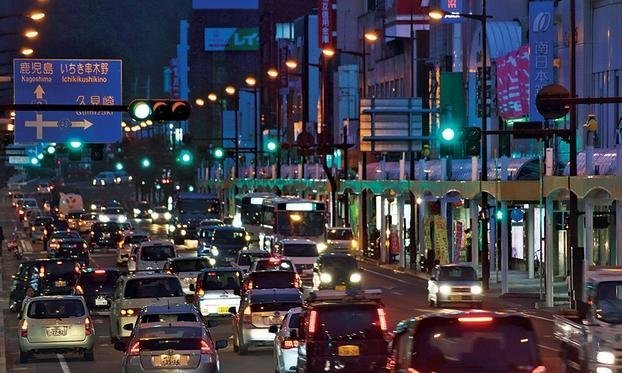Japan's Laws, Attitude Help Recalls Work Better

A non-airbag recall of the redesigned Honda Fit compact, for example, is approaching 99.9 percent completion, according to the company.
While the Takata-related recalls here haven't approached that level of sucess, automakers have had better results than in the United States.
In Japan, automakers have recalled about 2.79 million vehicles to fix potentially defective Takata airbag inflators. By the end of October, about 64 percent of those recalls had been completed, said Nobuhito Kiuchi, deputy director of the recall office at the Ministry of Land, Infrastructure, Transport and Tourism.
Honda has recalled about 13 million vehicles worldwide, with 9.3 million in the United States and 1.2 million in Japan, Honda spokesman Teruhiko Tatebe said Dec. 10.
About 70 percent of Honda's recalls in Japan have been completed, he said. He did not have exact figures for the U.S. completion rate, but he said the results are much lower there.
"Japan is a very small country, so it's easier to find the customers," Tatebe said.
Indeed, there were 59 million passenger vehicles in operation in Japan at the end of 2012, compared with 121 million in the United States, according to the Japan Automobile Manufacturers Association, or JAMA.
Japan's notoriously fastidious consumers also tend to be more responsive to recalls. "Probably Japanese drivers have more concern about defective parts," Tatebe suggested.
Other factors also lift recall completion rates in Japan.
There are fewer old vehicles on Japanese roads than in the U.S. Cars manufactured before 1999 account for just 14 percent of all passenger cars in use, while the average age of cars on the road is eight years, according to JAMA. In the U.S., the average age is 11.4 years, IHS Automotive said this year.
And Japanese customers don't buy as many used cars as their American counterparts. This makes it easier for manufacturers to reach owners because cars don't trade hands as often.
Japan's onerous safety and emission inspections also keep a tight leash on car owners, which helps keep records up to date. The inspections also serve as tripwires to alert owners of recalls.
The inspections are frequent and costly.
The first is required three years after buying a car, and subsequent inspections come every two years. Many Japanese drivers would rather buy a new vehicle than pay the hundreds or thousands of dollars to have their old one pass inspection.
Nouvelles connexes


